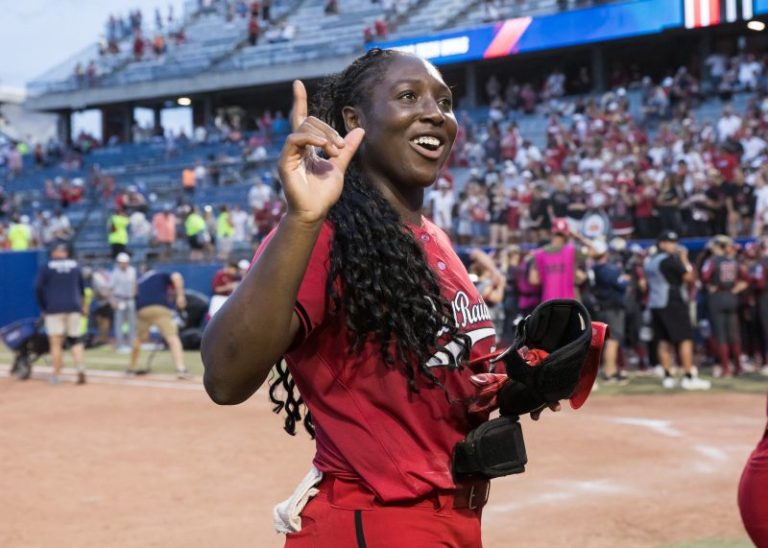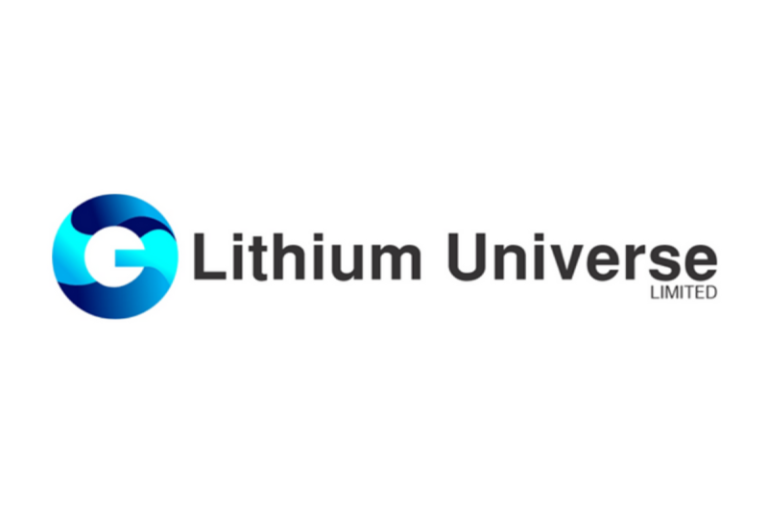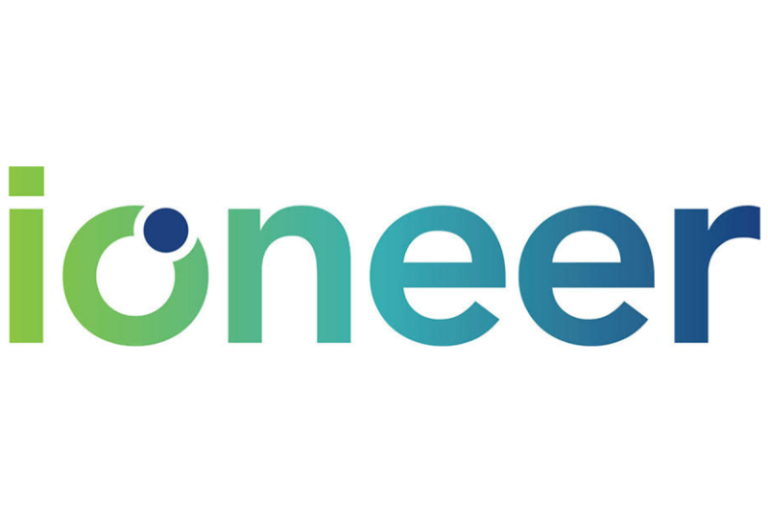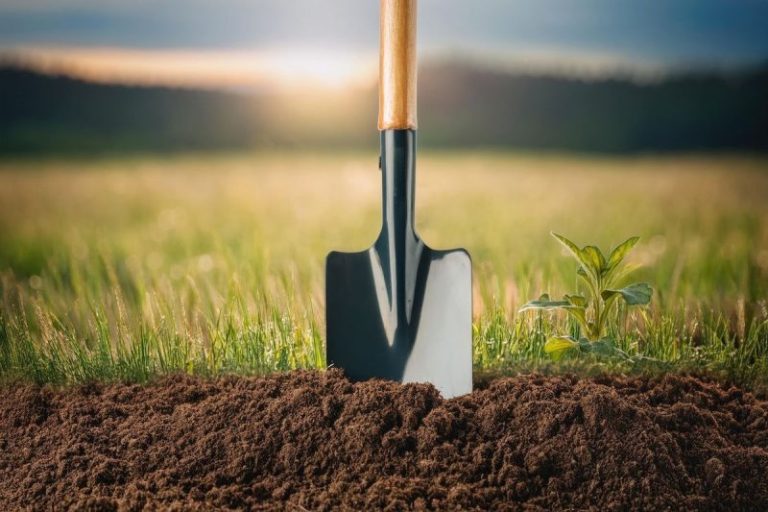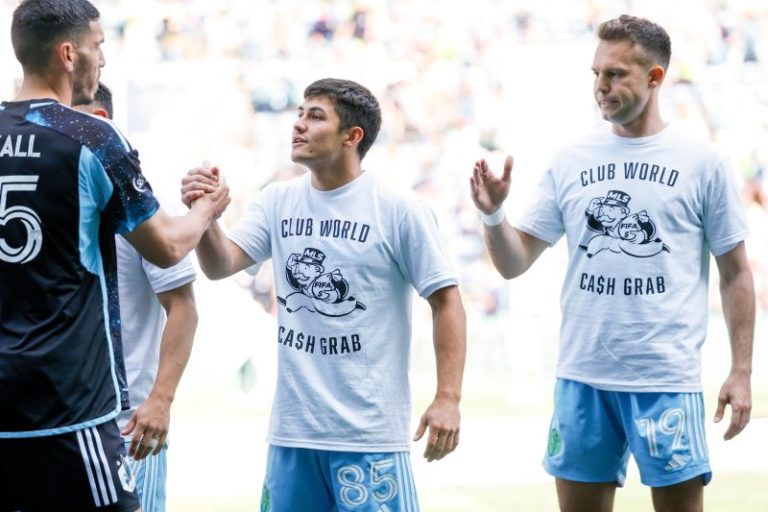Oklahoma softball nearly pulled off another late, magical moment against Texas Tech on Monday in the WCWS semifinals. The Red Raiders had other plans, though.
Down to their final strike in the top of the seventh inning, Sooners 9-hole hitter Abigale Dayton launched a game-tying two-run home run to even the score at 2-2. The moment was similar to Ella Parker’s walk-off home run against Tennessee in the opening round of the WCWS, showing the Sooners’ fight down the stretch.
Texas Tech ace NiJaree Canady, who has pitched in every game for the Red Raiders during the NCAA tournament, was phenomenal as always, allowing two runs on five hits with eight strikeouts across seven innings of work. Canady’s performance subsequently ended Oklahoma’s streak of four consecutive national titles, one of the most dominant stretches in college sports history.
Now, Texas Tech looks forward to facing Texas in the national championship series, where one program will come away with its first national title in softball.
Here are the highlights from Texas Tech’s semifinal win over Oklahoma in the WCWS:
Oklahoma vs Texas Tech softball live score
Oklahoma vs Texas Tech softball live updates
Texas Tech walks it off
Texas Tech walks it off, as Lauren Allred’s flyout is deep enough to score Davis from third base.
The Red Raiders are heading to the national championship game, and end Oklahoma’s four-year national title streak in the process. What a game to set up Texas-Texas Tech for all the marbles.
Texas Tech doubles to put runners on second and third
Texas Tech’s Mihyia Davis ropes a single, before Hailey Toney nearly homers, but hits a double off the left-field wall to put runners on second and third with one out.
Red Raiders’ winning run is 60 feet from scoring.
Oklahoma ties it with clutch home run
Wow. Down to its final strike, Oklahoma 9-hole hitter Abigale Dayton launches a two-run home run to right field to tie the game at 2-2 in the top of the seventh inning.
What a moment. The Sooners just don’t go down without a fight. That was only Dayton’s third home run of the season.
Sydney Barker picks up 3rd hit of game
Sydney Barker hits a bloop single with one out, picking up her third hit of the game. Barker has three of the Sooners’ four hits against Texas Tech, bringing the tying run to the plate in the top of the seventh inning.
Oklahoma on verge of first shutout since 2019
Oklahoma hasn’t been shutout in a game since losing to Alabama 1-0 in 2019. The Sooners are on the verge of losing that streak against one of the game’s all-time great pitchers in NiJaree Canady here.
Texas Tech 3 outs from national championship berth
Ella Parker hits a leadoff single, but Canady forces a flyout and strikes out two to get out of the sixth inning.
Oklahoma is down to its final three outs and is close to missing out on a national title berth for the first time since 2018.
Ella Parker with leadoff single
Ella Parker ropes a leadoff single into center field, giving the Sooners a baserunner with no outs for 3-hole hitter Gabbie Garcia.
Nice start to the inning for Oklahoma.
Sam Landry gets inning-ending double play
Sam Landry gets NiJaree Canady to groundout into a 6-4-3 double play to end the fifth inning, which fired up the Sooners a bit. Can that give Oklahoma some momentum offensively?
Landry has now thrown over 400 pitches at the WCWS.
NiJaree Canady works around leadoff single
Canady puts up another zero, but Oklahoma had a couple nice swings in the top of the fifth inning. Sydney Barker, who has both of the Sooners’ hits, hit a leadoff single before Abigaile Dayton flied out to the warning track in deep left field.
Oklahoma down to its final six outs.
Lauren Allred gets Texas Tech out of inning
NiJaree Canady’s dominance continues, but it’s first baseman Lauren Allred who fields a groundball and dives to first base to get an out to end end the inning.
Texas Tech still leads 2-0, as Oklahoma’s offense continues to struggle against Canady.
Sam Landry puts up zero
Landry works around a walk but forces a pair of flyouts and a groundout to get out of the bottom of the third inning. Texas Tech still leads 2-0 as Oklahoma’s bats head to the plate.
Oklahoma goes 1-2-3
NiJaree Canady continues her dominance, retiring the Sooners in order to start the third inning. Canady is up to four strikeouts so far, with her strikeout against Ella Parker marking her whopping 300th of the year.
Texas Tech still leads 2-0.
Patrick Mahomes watching Texas Tech softball
Three-time Super Bowl champion Patrick Mahomes is tuned into Texas Tech softball, as he mentioned the team in a post on X during the game. Mahomes played quarterback at Texas Tech and also was drafted to MLB out of high school.
Texas Tech scores again
Bailey Lindemuth singles to center field, scoring Demi Elder from third base to give Texas Tech a 2-0 lead.
A two-run lead for NiJaree Canady has Texas Tech feeling good heading into the third inning.
Sam Landry honors Gerry Glasco’s daughter
Sam Landry, who played under Texas Tech coach Gerry Glasco at Louisiana, has ‘Geri Ann,’ Glasco’s daughter’s name, stitched on her glove.
Texas Tech takes 1-0 lead
Sam Landry walks Alana Johnson, who later scores from first after Demi Elder triples down the left-field line. That ball was smoked by Elder.
Oklahoma definitely doesn’t want to get down 2-0 against NiJaree Canady here.
Canady escapes jam
Oklahoma’s Isabela Emerling ropes a line drive, but it’s straight at Texas Tech shortstop Hailey Toney to end the inning. The Sooners fall short on the scoring chance.
Oklahoma puts runners on first and third
Cydney Sanders draws a walk before freshman Sydney Barker bloops a single into left field to put runners on first and third for Oklahoma with two outs.
Sooners with a chance at scoring a run on NiJaree Canady here.
Landry escapes first inning
Sam Landry needs 28 pitches to get out of the first inning but works around a walk to put up a zero. Oklahoma-Texas Tech tied at 1-1 through one inning.
Sam Landry connections to Texas Tech
Oklahoma pitcher Sam Landry, a first-team All-American in 2025, has plenty of connections to Texas Tech due to her time at Louisiana. Landry played for Red Raiders coach Gerry Glasco when Glasco was at Louisiana and has five former teammates on Texas Tech’s roster.
Mihyia Davis, Chloe Riassetto, Lauren Allred, Victoria Valdez and Alexa Langeliers all joined Glasco from Louisiana after Glasco was hired prior to the 2025 season.
Canady retires Oklahoma in order
The Sooners go down in order to start the first inning, as NiJaree Canady strikes out Kasidi Pickering and Gabbie Garcia.
Canady’s arsenal looks electric so far.
Canady fires a strike and we’re underway
NiJaree Canady fires a strike for Texas Tech, the home team, and we’re underway. A pair of first-team All-Americans start off the semifinal, as Canady faces Oklahoma leadoff hitter Kasidi Pickering.
NiJaree Canady starting for Texas Tech
NiJaree Canady, the former national player of the year, is getting the start for Texas Tech in the circle. Canady has started every game for the Red Raiders during their NCAA tournament run and leads the nation with a 0.86 ERA.
Texas Tech softball lineup vs Oklahoma
- CF Mihyia Davis
- SS Hailey Toney
- 1B Lauren Allred
- P NiJaree Canady
- 2B Alexa Langeliers
- RF Alana Johnson
- LF Demi Elder
- C Victoria Valdez
- 3B Bailey Lindemuth
Oklahoma softball lineup vs Texas Tech
- LF Kasidi Pickering
- DP Ella Parker
- SS Gabbie Garcia
- 3B Nelly McEnroe-Marinas
- 1B Cydney Sanders
- 2B Ailani Agbayani
- RF Sydney Barker
- C Isabela Emerling
- CF Abigale Dayton
Right-hander Sam Landry is in the circle for the Sooners.
What time does Oklahoma vs Texas Tech softball start?
- Time: 7 p.m. ET
- Date: Monday, June 2
- Location: Devon Park (Oklahoma City)
Oklahoma-Texas Tech softball is set for a 7 p.m. ET first pitch on Monday night. If Oklahoma wins and forces an if-necessary game, the two teams will immediately play again, which is currently scheduled for 8:30 p.m. ET.
What TV channel is Oklahoma vs Texas Tech softball on today?
- TV channel: ESPN
- Streaming: ESPN app, ESPN+
This post appeared first on USA TODAY


